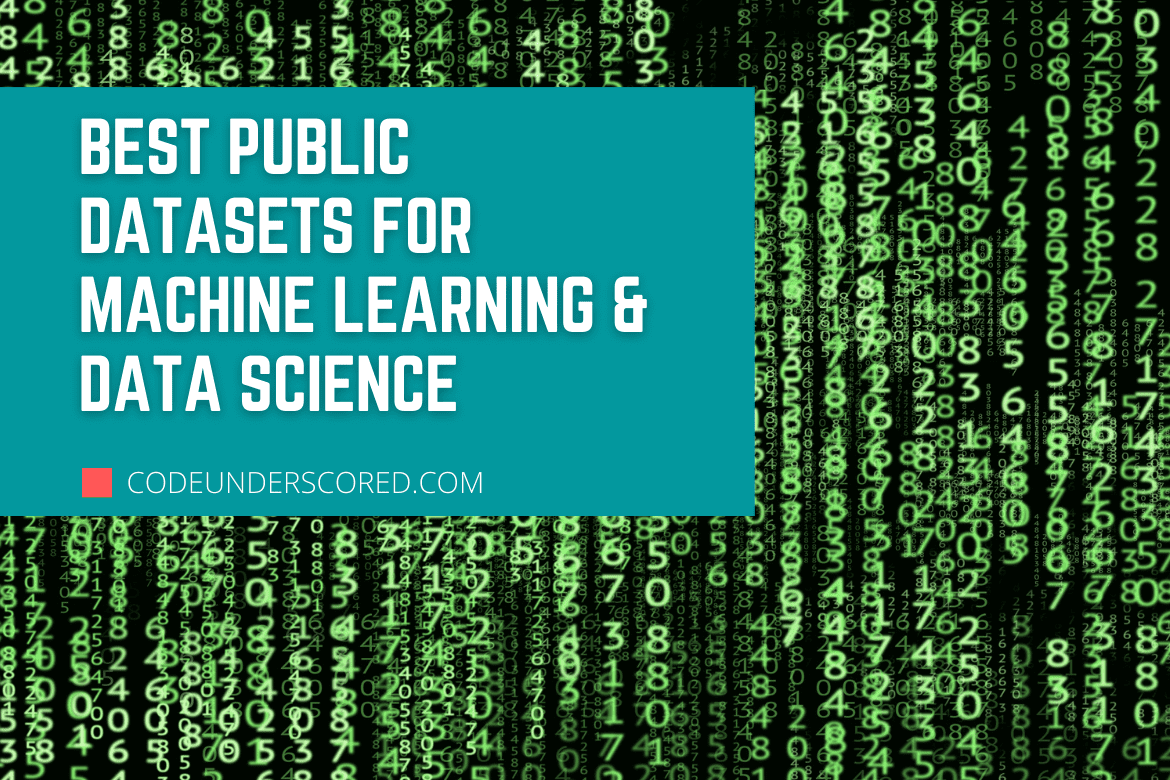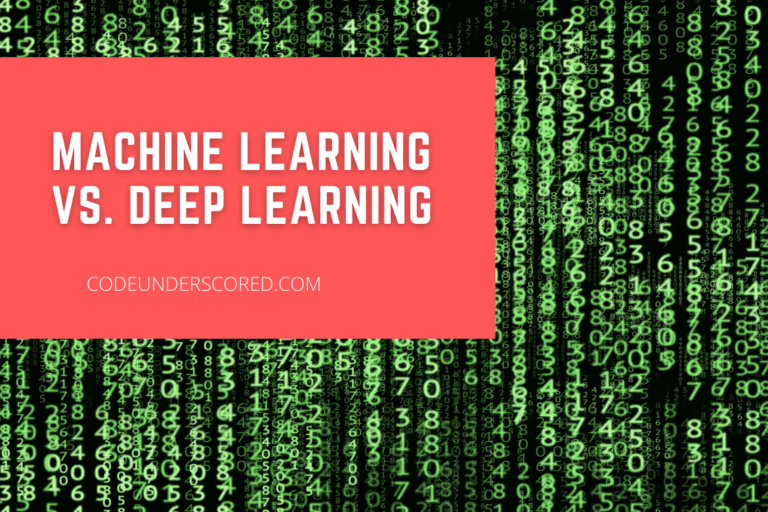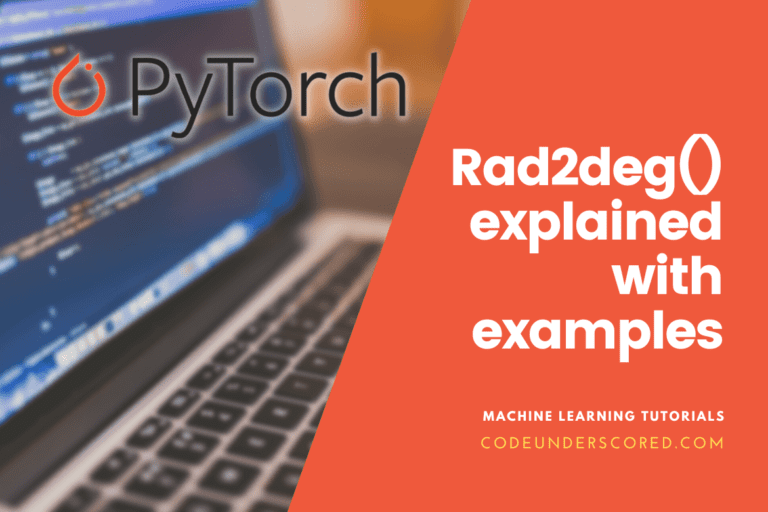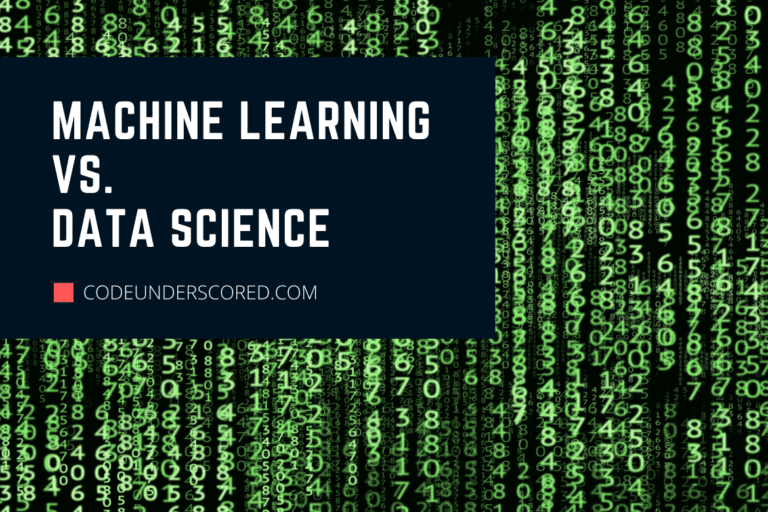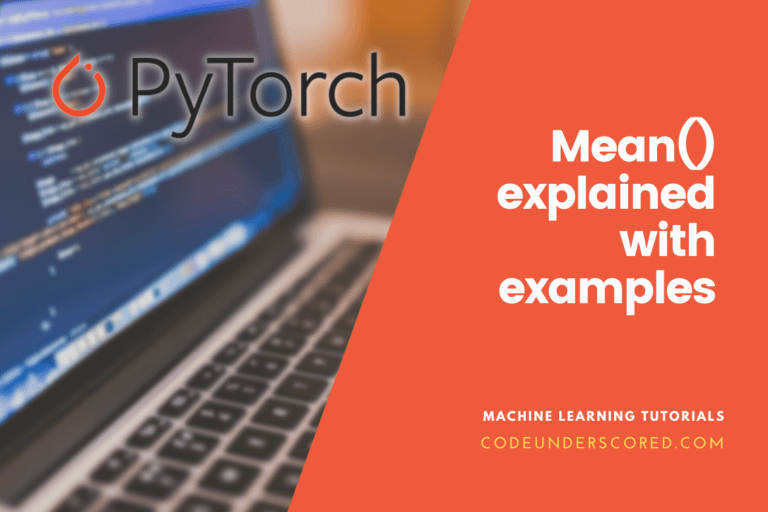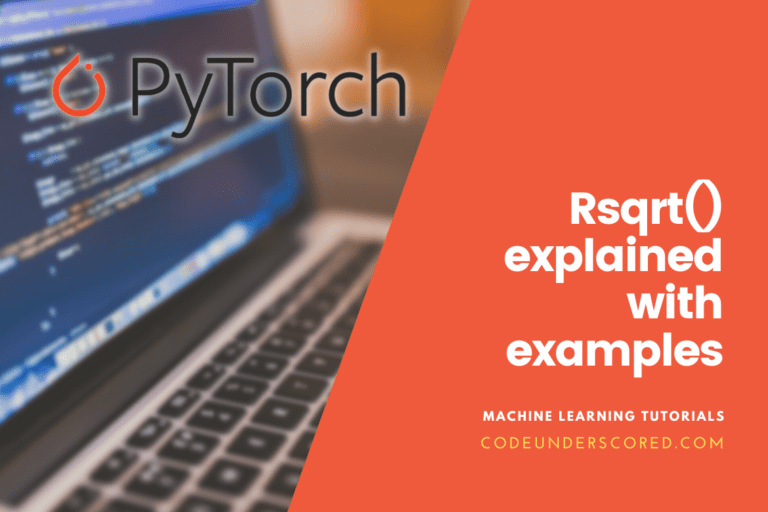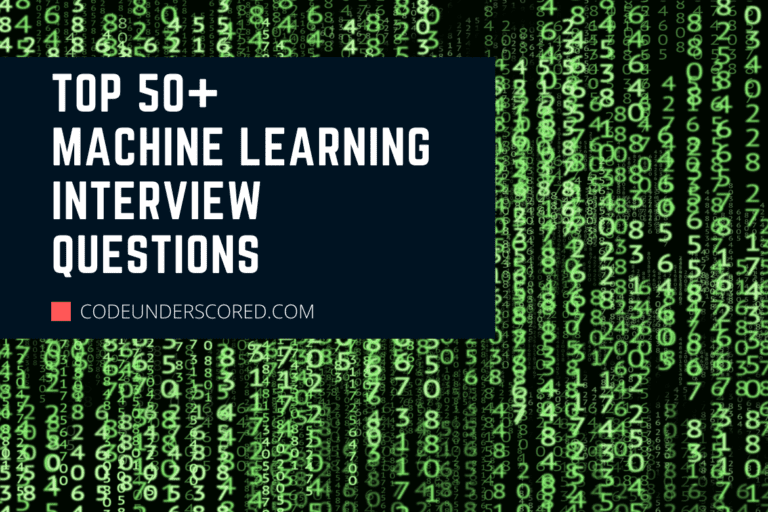Due to technological advancements, the quest to automate and improve the way tasks are done at the forefront. Artificial language (AI) and Machine Language (ML) are taking over. When covering this topic, you will deal with and relate with lots of data. Datasets have been proven to be the easiest way to learn machine learning and data science. Therefore, this article will cover the best public datasets for machine learning and data science.
A dataset is a collection of data of different elements that a computer can manipulate into a unit. Below are the ten most common public datasets for machine learning and data science:
The Iris Dataset
This type of dataset is suitable and applicable in linear regression. The dataset contains information about the sizes of flowers. All the dimensions are in numerical form, making it easy to get started. Besides, it does not require any additional pre-processing.
The dataset is vital as it aids in the identification of flowers based on their sizes. It is also helpful in pattern recognition of different parts of flowers.
This dataset is mainly used for classification and regression modeling.
The Boston House Price Dataset

This dataset contains data of all the houses located in Boston. The data has numerous information such as the number of rooms, crime rates in the area, size of the home, location, and many other factors.
This dataset is helpful to those who want to set foot in machine learning. For instance, one can practice linear regression to determine the price of a house. This dataset’s suitability is that one can easily refer online if stuck since there are millions of guidelines and topics about the dataset online.
The Mnist Dataset

As of now, I think you might have heard of this dataset since it is the most popular dataset in machine learning. You might have even tried it once or twice in the field since it is the most commonly used type of dataset. This dataset contains 70,000 labeled images of handwritten digits. Of the 70,000, 60,000 are found in the training set, whereas the remaining 10,000 are located in the test set.
The photos are in grids of 28×28 pixels and are stored in the grayscale form. Each grid contains one numerical value. You should not worry about pre-processing since all the pre-processing has already been done for you.
The Mnist dataset is widely used because it is easy to use and also because of its flexibility. The dataset is also essential since it works with different models well. Beginners are covered when using this dataset. All needed is to employ the linear classifier. This is straightforward and does not require any expertise to use. We recommend that you try out this dataset if you are beginning machine learning and data science.
The YouTube Dataset

This is a more advanced dataset. Are you ready to tackle videos and audios? This is the right dataset for you. This dataset contains human-verified annotation segments that aid in video annotation. Additionally, this dataset plays a part in localizing video identity. The YouTube dataset contains uniformly sampled but high-quality videos containing labels and annotations.
The YouTube-8M project’s main aim was to address barriers in computation and eliminate challenges on storage. As a result, this would assist expedite the extensive research on the comprehensive scaled understanding of video. The team carrying out the study first published its research findings, terming it a large-scale perspective on benchmarking video classification.
The initial 8milion dataset for video is deprecated and has been replaced with videos about 6.1M with features inclusive of 3862 class, 2.6B audio-visual features, and 3.0 video as well as labels.
The new dataset also has segmented videos with 1000 classes, about 230K segment labels verified by humans, and five video segments. The core concentration on the latest research prioritizes video segments. Apart from using the video dataset, its focus is a narrowed 1000 classes for the selected videos’ specific segments.
Compressed protobuf is at the core of storing video files, stored as objects before grouping to TFRecords. They also use file structures of the TensorFlow version.
Two feature types broadly fall into either the video-level or the frame-level. The video-level features mostly consist of the RGB aspects and audio, whose per video averages less than target RGB features and audio per frame.
Also, note that the dataset has visual and audio features pre-extracted from all the seconds of the videos amounting to about 3.2B in a total of feature vectors. If you would like to establish a private feature extractor, you can extract specific features for your consumption from the GitHub repository of MediaPipe. The latter approach is highly recommended if you seek to adventure on features that have not yet been used. Or maybe you want to use it on a novel dataset.
There are various locations where you can get the specific data you intend to use. However, this is dependent on the listing of your desired group.
For instance, training data at the frame-level can be accessed from the YouTube-8M site or downloaded using the following script.
curl data.yt8m.org/download.py | partition=2/frame/train mirror=us pythonThe other alternative is using Google Cloud Storage, whose link is shown below.
gs://us.data.yt8m.org/2/frame/trainOn the other hand, training data at the video-level can also be accessed on the YouTube-8M site or engaging the following script to ensure you get the dataset from the removed servers to your local machine as follows:
curl data.yt8m.org/download.py | partition=2/frame/train mirror=us pythonIt is also available on Google Cloud Storage, and the link for easy accessibility is as follows:
gs://us.data.yt8m.org/2/video/trainOn data validation and testing, you have the option to either connect it to Google Cloud Storage or using a Python Script to aid with the downloading.
Case 1: Linking to Google Cloud Storage
validate files at gs://us.data.yt8m.org/3/frame/validate
test files at gs://us.data.yt8m.org/3/frame/testCase 2: Using Python script to download
curl data.yt8m.org/download.py | partition=3/frame/validate mirror=us python
curl data.yt8m.org/download.py | partition=3/frame/test mirror=us pythonNote that while using the Python script, you can select either validate or training data.
The Amazon Reviews Dataset

More advanced machine language enthusiasts will enjoy using this dataset. If you are a newbie, please keep off from this dataset as it entails natural language processing, which is complicated if you are new to the system.
This dataset includes reviews, votes, ratings, product meta information, price, brand, image features, and links. The dataset is complicated since it spans more than 20 years of reviews. The amazon reviews dataset contains more than 45 million reviews depicting how vast it is.
The Amazon customer reviews dataset spans over one hundred and thirty million records and is available for use by researchers at the following link:
s3://amazon-reviews-pds/tsv/
s3://amazon-reviews-pds/parquet/The files’ format is TSV, which is a text format, and Parquet, which is a columnar optimized binary format.
Further, the data is located in the East Region of AWS US. It is worth noting that a single line represents every single review in the dataset mentioned above. The data does not have escape characters or quotes but is delimited by tabs. For your knowledge, the data is available in both French and English.
You have two options to manipulate the reviews dataset. The first option involves downloading the entire collection of data to your local machine. Amazon has a command cp essential in downloading the deliberations over the AWS command-line interface, as shown below.
aws s3 cp s3://amazon-reviews-pds/tsv/amazon_reviews_us_Camera_v1_00.tsv.gz .The second option involves manipulating the data directly from the CLI. For example, you can list the files using the following command line.
aws s3 ls s3://amazon-reviews-pds/tsv/Besides the rich span within which this data was collected, it also sparks interest in studies about customers’ overall evolution. Besides, there is the potential expression of the different ways and approaches that customers express their experiences.
The reviews on products are particularly essential in understanding the user’s perception of the different products and variations in customer preference across the globe. It also depicts the consumer preference based on regions, countries, and language diversity.
There is also a separate collection of reviews that violates Amazon policies and contrasts thoughts with biasness or those for promotional purposes. However, this data is only available upon request and is distributed independently.
Hence machine language experts will find this dataset more useful in understanding data science more deeply.
The ImageNet Dataset

This is among the best learning datasets. It is mainly focused on computer vision. It contains more than 1000 categories with images on them.
This dataset is known for running the most significant machine learning challenges, the (ILSVRC) ImageNet’s Large Scale Visual Recognition Challenge that produced many modern neural networks. At the moment, ImageNet has more than 500 images per individual node.
The dataset released for the public has sets of images whose annotation has been manually set and fall into either test images or training images. Also, ILSVRC annotation categories include object level annotation and image-level annotation. In the latter annotation, the aim is to determine the absence or presence of an object class in the image’s binary label.
On the other hand, annotation at the object-level involves a class label around an instance of an object in the image and a bounding box that is relatively tight.
To your knowledge, the copyright for the images is not owned by the ImageNet project, and thus, only URLs and thumbnails of the images are provided.
This dataset is hierarchically organized according to the WorldNet. Those interested in computer vision should try this dataset.
The BBC News Dataset

This dataset is similar to the Amazon reviews dataset, except that it is more specific with news classification. In developing a news classifier, this dataset will be very helpful. The article has more than 2200 articles in distinct categories.
This is of great help in solving one of the most significant challenges in the classification of text data, particularly the part involving matching the news categories using either the title or the contents. And it is upon the programmer to classify them according to his needs, with the ultimate goal of having a system in place that can intelligently place news articles in the proper category without prior access to the news.
Catching Illegal Fishing Dataset

This dataset is a recommendation for the experts. There are numerous ships and boats in the ocean, and it is technically challenging to keep track of the events taking place in the sea. That is why a system to identify illegal shipping in the oceans and water bodies is being developed to keep track of events on the sea via satellite or geolocation data.
The global fishing watch offers the data free to enhance the building of the system. Only experts should try this learning dataset out.
The Dog Breed Identification Dataset

The dog breed identification dataset lies under computer vision. Computer vision deals with a variety of images stored. As the dataset’s name suggests, this dataset is mainly used in keeping images of different dog breeds. With this dataset, one can build a model that identifies the dog breed using images.
Newbies are also discouraged from jumping straight to this dataset. Those with knowledge of the Mnist dataset will find it friendly here.
The Breast Cancer Wisconsin Diagnostic Dataset

This is another exciting learning dataset for the classification of data. The dataset is designed to form a digitized image of a fine needle that aspirates a breast mass. The characteristics of the cell nuclei are outlined in the digitized image. Ten real-valued figures are calculated for each of the nuclei.
This dataset contains two predictions the benign and malignant. There are 569 instances where malignant takes 212, whereas benign takes the remaining 357 cases. Those interested in the classification of data should try out this learning dataset.
Learning as denoted is a process, and it depends on how determined you are to attain your objective. Those concerned with machine learning and data science should give it a go and trust the process to achieve whatever you have set your mind to achieve.
Datasets are the best way to understand machine learning and data science. Therefore, one must understand dataset concepts to be a guru in the ML field.
A million other learning datasets have not been included in this article. However, if you wish to set foot in machine learning, the ten public datasets are the best, and we are pretty sure using them will get you to where you want to be with data science and machine language.
Due to the rapid technological advancements, it is vital and recommended to be conversant with datasets. This will help map you and even your organization soon where most things will be done electronically. Also, keep up to date with regular changes in the field since more advancement is being implemented, and hence you should ensure you are not out-dated. Try these datasets now.

